Why Visit Kailash during Saga Dawa Festival?
The Saga Dawa Festival in Tibet is the grandest of all the festivals, with the exception of Losar, the Tibetan New Year. The festival is celebrated for an entire month, and is known as the Month of Merits, due to the fact that any positive or negative actions done during that month have multiplied a thousand-fold. The festival is held during the fourth month of the Tibetan lunisolar calendar, though it is the fifteenth day of the month that is the most important. Known as the Saga Dawa Düchen, this single day celebrates the Birth, Enlightenment (Nirvana), and Death (Parinirvana) of Gautama Buddha, the founder of Buddhism.
For Tibetans, this festival is the most sacred of all, and is the most auspicious time of the year for meritorious actions, so Tibetans spend their time in prayer and pilgrimage to sacred sites. One of the most sacred sites in Tibet is the sacred mountain known as Mount Kailash, or Gang Rinpoche. Located far out in the west of Tibet in Ngari Prefecture, this sacred mountain is held in reverence by Hindus, Buddhists, Jains, and the Bonpo. And while there are thousands of holy places in Tibet, none is more sacred than the mountain that is the earthly representation of the legendary Mount Meru, the center of the universe and home of the gods.
Kailash Saga Dawa Festival Highlights
Every year, thousands of people, both Buddhist and Hindu, descend on the area around Mount Kailash for the c, which is normally held in around late May or early June. In 2023, the festival will be held at Kailash on June 4th in the western calendar. Most of the visitors to Kailash at the time of the Saga Dawa Festival will spend their time performing the ritual kora trek around the mountain, and it is a time when the merits accumulated for this holy pilgrimage is multiplied 100,000 times. Being in the area of the mountain at the time of the Saga Dawa is a rare opportunity, and it gives you the chance to see the ritual celebrations of one of the most sacred festivals in Buddhism.
One of the main sights of the festival at Mount Kailash is the erecting of the sacred flagpole at Tarboche. Standing 25 meters high, this flagpole has stood for an entire year, festooned with thousands of prayer flags that have been passing blessings around the world on the winds. After the initial Buddhist rituals, the flagpole is taken down and the old prayer flags removed and replaced with new ones for the coming year. The flagpole setter is experienced in his job, and has to set the pole up perfectly upright, or tradition says that Tibet will be in trouble.
While the pole is being set, the monks and lamas play tunes on the woodwind instruments and huge trumpets, and the pilgrims begin their own rituals with a walk around the flagpole as the monks chant their prayers and sutras. It is believed in Tibetan Buddhism that 13 circuits around the perimeter of the flagpole are equal to one circumambulation around the Kailash Kora. Thousands join the procession around the flagpole, taking only a few hours to complete their 13 circuits, throwing barley on themselves as blessings, and casting colored scraps of paper written with ancient Buddhist scriptures into the air to send the teachings of Buddha to the four corners of the earth.
While some pilgrims only make the circuit around the flagpole, many will finish their celebrations by heading off into the Valley of the God on the eastern side of the mountain to begin their Parikrama or kora around the mountain. A 52-kilometer route around the mountain, the kora follows the valleys that surround Kailash, and crosses one of the highest passes in Tibet, Dolma La, at 5,623 meters. While many tourists may do this trek in three days, most Buddhists tend to complete one circuit in one day, while others take more than a month, prostrating on the ground in reverence with every step forward.
>> 15 Days Tour Kailash in Saga Dawa Festival
How to Plan Kailash Kora during Saga Dawa Festival?
If you are thinking of planning a trip to Mount Kailash during the Saga Dawa Festival, then you will need to book early, as this is one of the most popular times of the year for travel to this area of Ngari. While the festival may last for an entire month, it is best to plan your trip to coincide with the main festivities and celebrations at the sacred mountain, so that you can be there for the flagpole ceremony and the ritual religious ceremonies.
While this may seem like a hard trip to plan, it is in fact very easy to arrange, as all you need to do is have a tour operator handle everything for you. As independent travel in Tibet is not permitted, all tourists to the region for the Saga Dawa Festival are required to be booked on a pre-arranged tour of Tibet with a registered Tibet travel agency. Once you are booked, the travel agency handles all of the details of the tour, including all of the permits and passes you will require for the trip. This makes the planning of the tour much easier and simpler, leaving you to just come and enjoy the wonders of Tibet.
Where to Go after Kailash Saga Dawa Festival, Nepal, Xinjiang, or mainland China?
Once your tour of Tibet for the Saga Dawa Festival is over, you have a wide range of choices for where to go next, if you are planning on an extended tour of the area around the Himalayas. Tibet is surrounded by Nepal to the west, Xinjiang Uyghur Autonomous Prefecture to the north, and the rest of mainland China to the northeast and east. Choosing where to go next can be confusing, with so much to see and do in all three places.
For those planning a trip to Nepal, you can take a long tour of Tibet that includes Mount Kailash, Lake Manasarovar, and Kathmandu, which can help you see all the places in Tibet on the tour, including attending the Saga Dawa Festival, before heading across the border to Nepal at Gyirong Port. Our 13 Day Lhasa Kathmandu Adventure Tour takes you from the sunshine city of Lhasa to Mount Everest Base Camp, Mount Kailash, and Lake Manasarovar, before taking you through the stunning Gyirong Valley to the border with Nepal.
At Gyirong Port, you will cross into Nepal on the Resuo Bridge, which spans the beautiful Trishuli River Gorge, the natural border between China and Nepal. Once across, a driver will be there to meet you and take you through the Langtang National Park, and along the long road to Kathmandu. The drive normally takes 6-8 hours, and you can stop along the way to enjoy the stunning mountain views, before being dropped at your hotel.
If you think you would like to visit the beautifully arid lands of Xinjiang, to the north of Tibet, then there is no better way to get there than on a tour that takes you from the Tibetan capital to Kashgar, via Mount Kailash and the beautiful Pangong-Tso. A 16-days Tibet to Xinjiang Land trip that starts with the sights of Lhasa, this trip takes you out to Shigatse before heading northwest to reach Mount Kailash in time for the amazing Saga Dawa Festival. Once you have completed the three-day Kailash Kora trek, you will then take the road north to Pangong-Tso, the longest lake in Asia, which spans the western part of Tibet and heads on into Pakistan. After the lake, you will cross over into Xinjiang for the most arduous part of the trip, heading over some of the highest reaches of the plateau and the Taklamakan Desert to reach Kashgar in the northwest of Xinjiang. The trip also crosses the high Kunlun Mountains over a pass that reaches more than 5,500 meters.
The third destination you can head to after Tibet is mainland China, which is one of the most popular destinations for travelers to Tibet after their amazing plateau tours. A vast country, there are literally thousands of places to visit, from the capital city of Beijing and the Yangtze River port of Shanghai to the oldest former ancient capital of Xi’an and the home of the beautiful and cuddly pandas in Chengdu. Where you go is up to you, and to get there you can either fly direct to dozens of cities across China from the Lhasa Gonggar International Airport or you can take one of the Tibet trains to one of seven gateway cities to Tibet, which includes Guangzhou, Beijing, Shanghai, Chengdu, Chongqing, Lanzhou, and Xining.
Travel Permits Needed for Kailash Saga Dawa Festival Tour
As with all trips to Tibet, you will need the relevant permits for going to Ngari to see the Saga Dawa Festival. All of the permits are obtained on your behalf by the travel agency, and once the tour is booked, we will make sure that they are all ready in time for your trip. The permits you require for the trip to Mount Kailash are:
Chinese Entry Visa – All travelers to Tibet from mainland China are required to have a Chinese Entry Visa in advance of their trip in order to secure other permits and passes that are needed for the trip. Only tourists entering from Nepal will not need to have their visa in advance, as it is obtained once you arrive in Nepal.
Tibet Travel Permit – This is required for entry to Tibet and to travel around in the area of Lhasa. The permit is obtained using scanned copies of your passport and Chinese Entry Visa.
Alien’s Travel Permit – Required for travel to the “unopened” areas of Tibet outside Lhasa, including Shigatse.
Restricted Areas Permit – This is often called the “Military Permit”, and is required for travel to military-sensitive areas such as Ngari, Nyingchi, etc.
Frontier Pass – While most tours will not actually cross the border out of China, the Frontier Pass is required for all tourists traveling in the areas of the Chinese border with India, Nepal, and Bhutan, which includes Mount Everest and Mount Kailash.
Why Travel with Tibet Vista?
If you are wondering why you should travel with us to head to Tibet for the Saga Dawa Festival in Ngari at Mount Kailash, then we can give you a plethora of reasons to do so, not the least being that we are the oldest and longest-running tour operator for Tibet, with almost two decades of service for Tibetan tours. Not only do we handle all the details of the tour, from inception to your last day in Tibet and beyond, we also arrange all of the permits you will need and are always able to obtain the Tibet Travel Permit for our clients. Our expert and professional travel consultants can help you decide on which tour you want and where you want to go, and are on call 24/7 to answer all of your questions and queries whilst you are in Tibet from a dedicated mobile phone that your guide will have with them.
All of our tour guides are registered professional Tibetan tour guides that have an amazing local knowledge of the plateau and the local way of life, and can give you amazing insights into the Tibetan religious culture during the trip. Our drivers are also local professional Tibetan drivers, with safe modern vehicles that come with all the mod-cons, including air-con. If you are planning on trekking around the Kailash Kora during your trip to the Saga Dawa Festival, then we can also provide you with all the trekking gear you will need through our rental service based in Lhasa. And for those that are struggling to understand the Chinese websites for flights and trains to Tibet, we can also help with booking your tickets to Lhasa from mainland China. What’s more, all of our tours are reasonably prices with the clients in mind, and we have a wide range of Join-In Small Group Tours that you can sign up for, which means you travel with other like-minded people to save money on the larger costs of the tour.
.jpg)



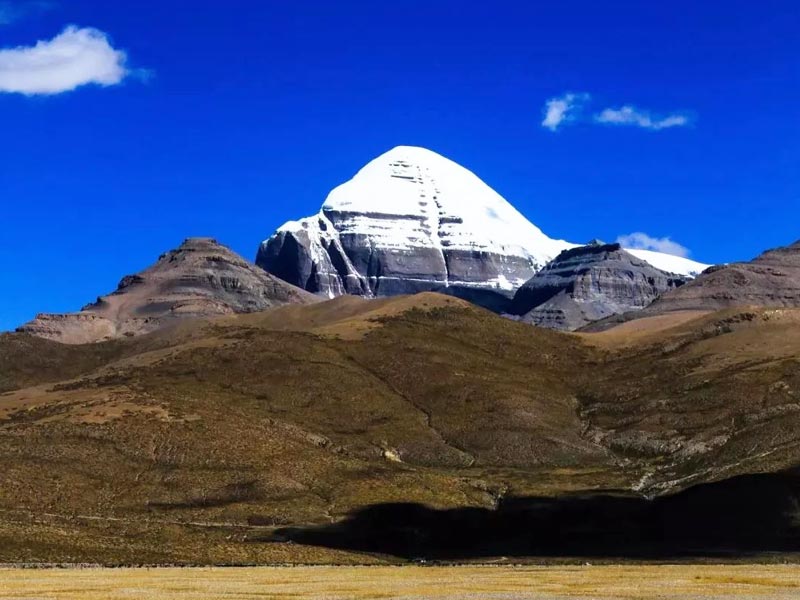
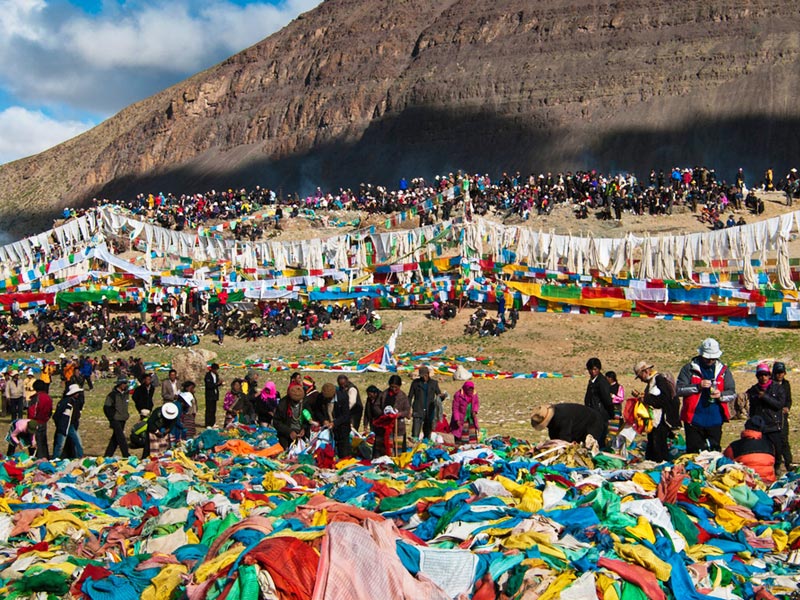
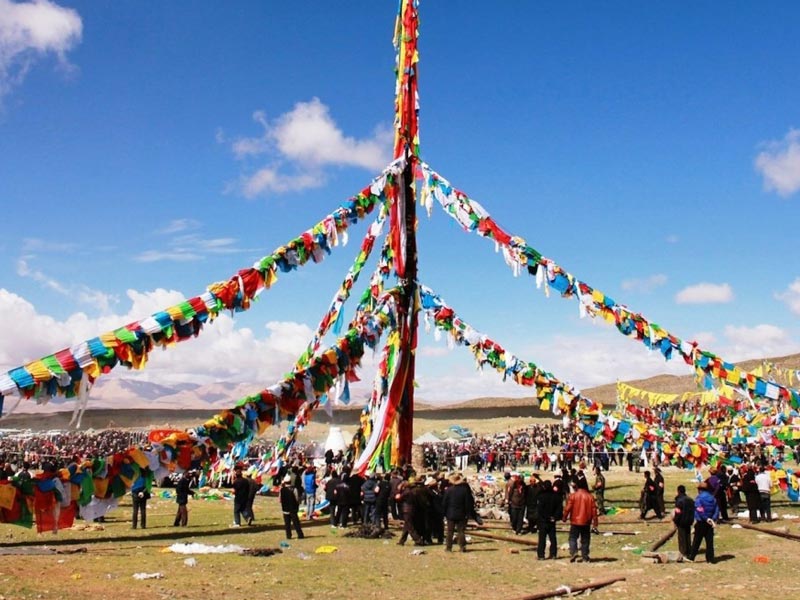


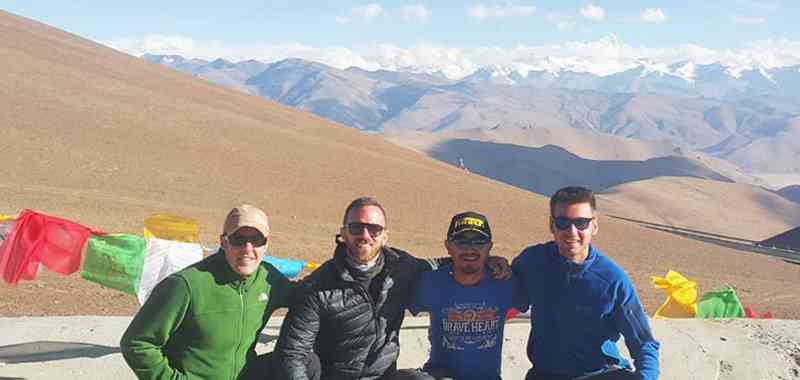
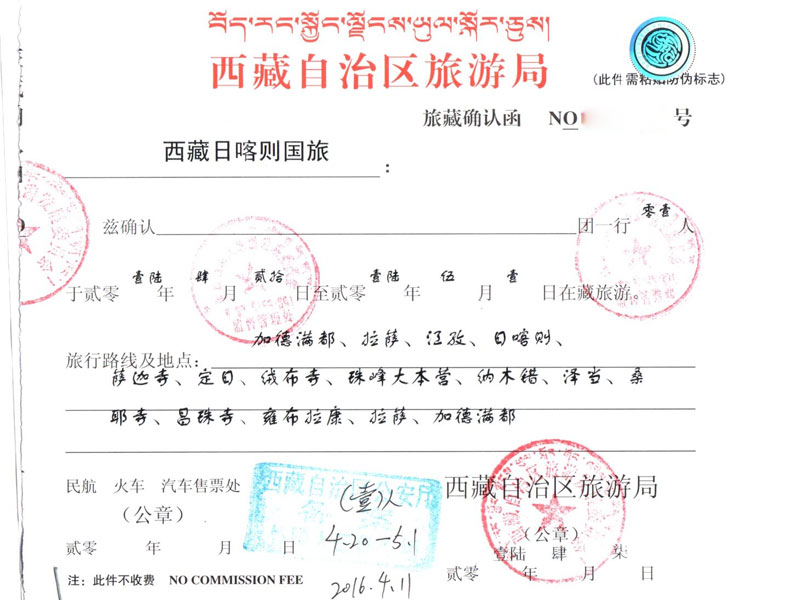
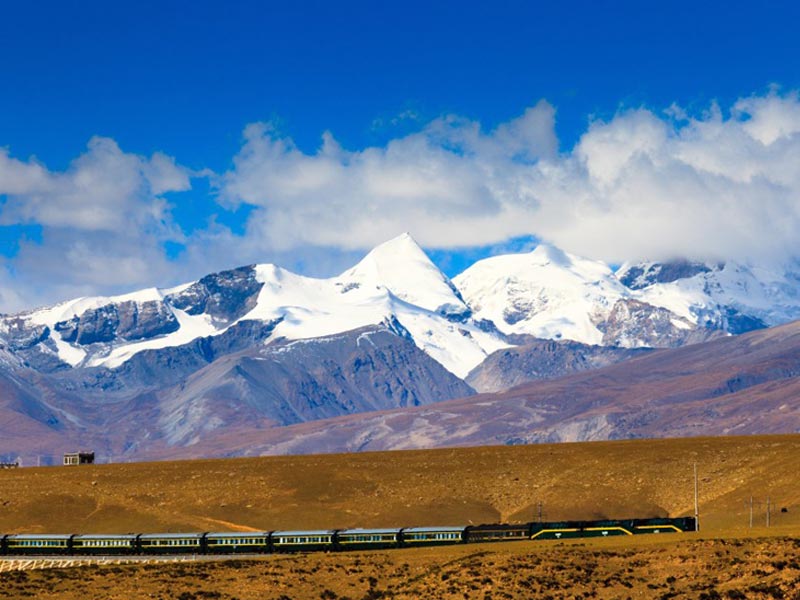
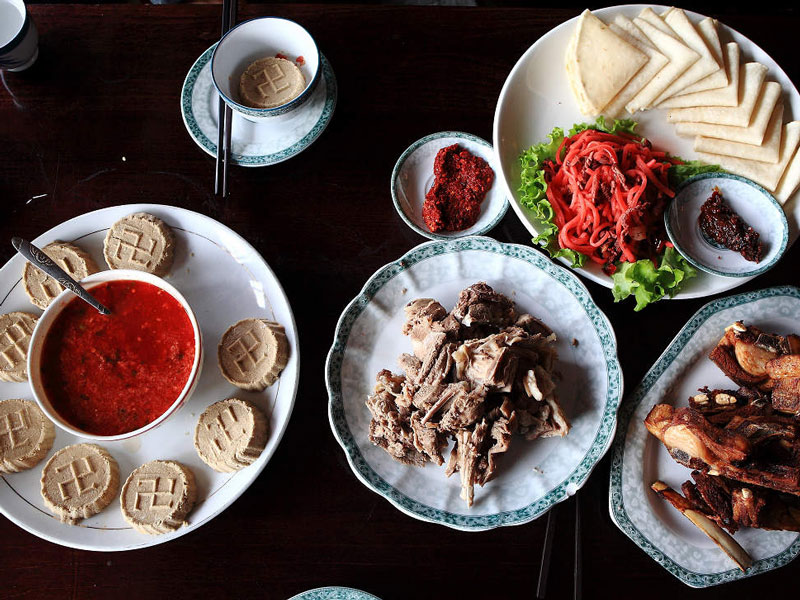
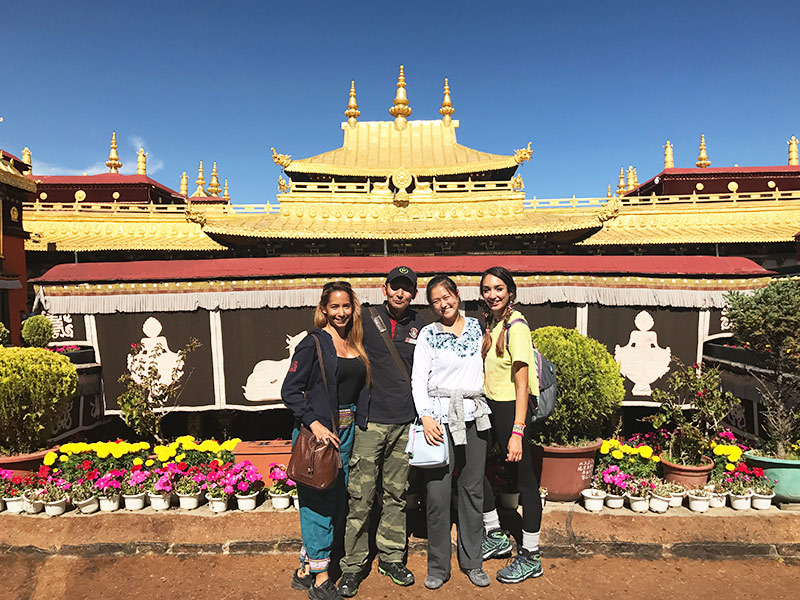
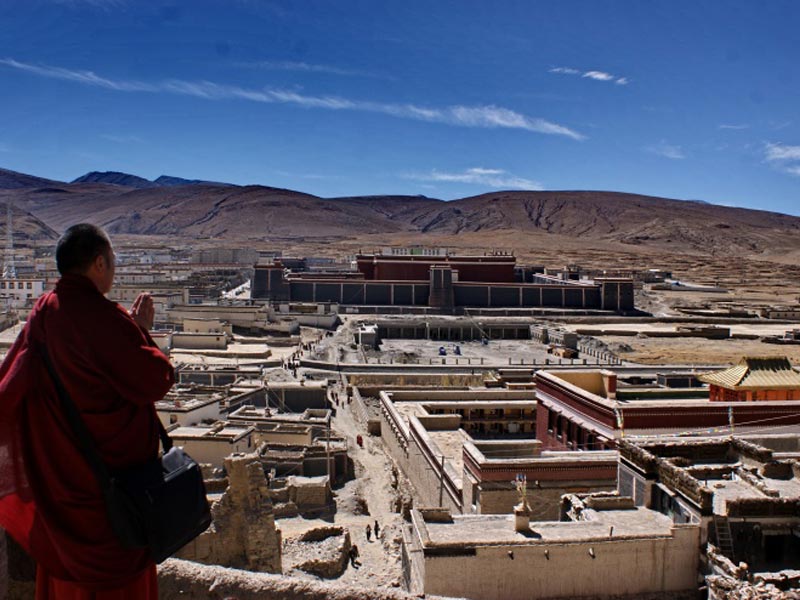

0 Comment ON "2023 Saga Dawa Festival Tour to Mount Kailash"